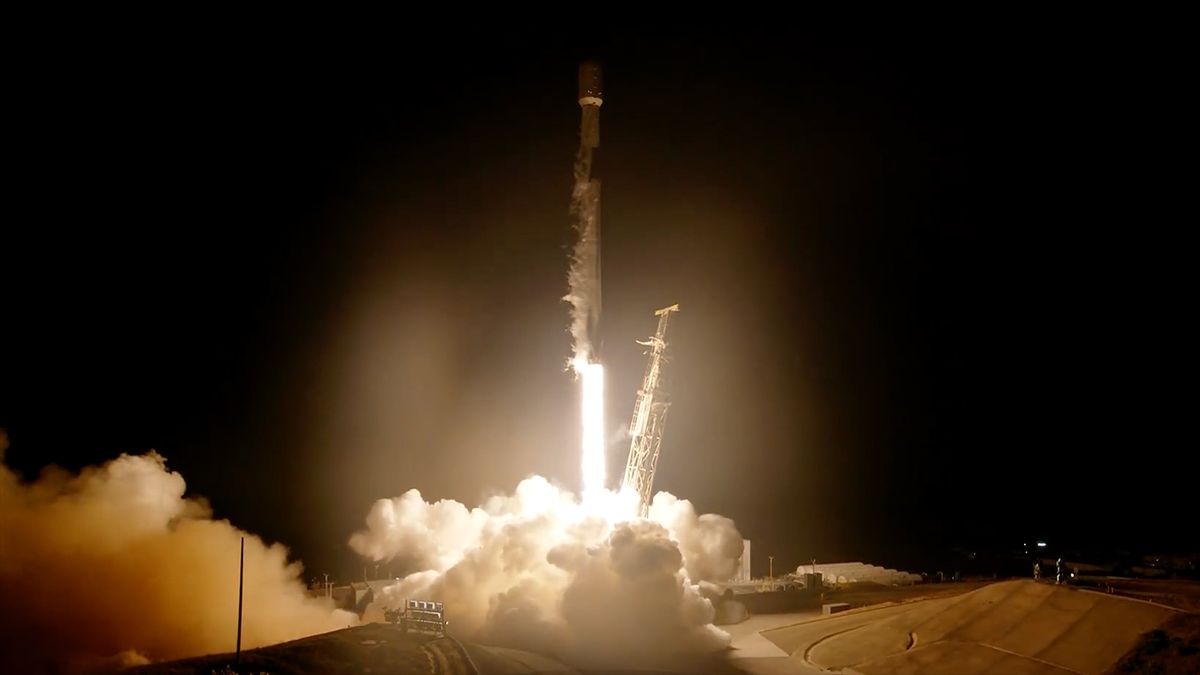One of the company’s Falcon 9 rockets lifted off from California’s Vandenberg Space Force Base tonight (Sept. 5) at 11:20 p.m. EDT (8:20 p.m. local California time; 0320 GMT on Sept. 6 ), sending a batch of next-gen spy satellites aloft for the U.S. National Reconnaissance Office (NRO).
It was SpaceX‘s second launch of the day; another Falcon 9 delivered 21 of the company’s Starlink internet satellites to orbit from Florida’s Space Coast this morning.
The Falcon 9 aced its landing during tonight’s mission, which the NRO called NROL-113. About 8.5 minutes after liftoff, the booster settled down softly on the deck of the SpaceX droneship Of Course I Still Love You, which was stationed in the Pacific Ocean.
It was the 20th launch and landing for this particular booster, according to a SpaceX mission description. Fourteen of those flights have been Starlink missions.
NROL-113 was the third launch servicing the NRO’s “proliferated architecture,” a new network consisting of “numerous, smaller satellites designed for capability and resilience,” the agency wrote in a mission description. SpaceX also launched the first two missions in the series — NROL-146 in May and NROL-186 in June.
We don’t know much about the proliferated architecture satellites or what they’re doing in orbit; their missions and activities are classified, like those of most NRO craft. (The agency operates the nation’s fleet of spy satellites.)

SpaceX has now launched 86 orbital missions in 2024, about 70% of which have been Starlink flights.
As today’s doubleheader shows, the company is back up to full speed following two hiccups this summer. SpaceX stood down for about two weeks following a Falcon 9 upper-stage failure during a July 11 Starlink launch. And it went three days without flying after a failed booster landing during an otherwise successful Starlink mission on Aug. 28.











